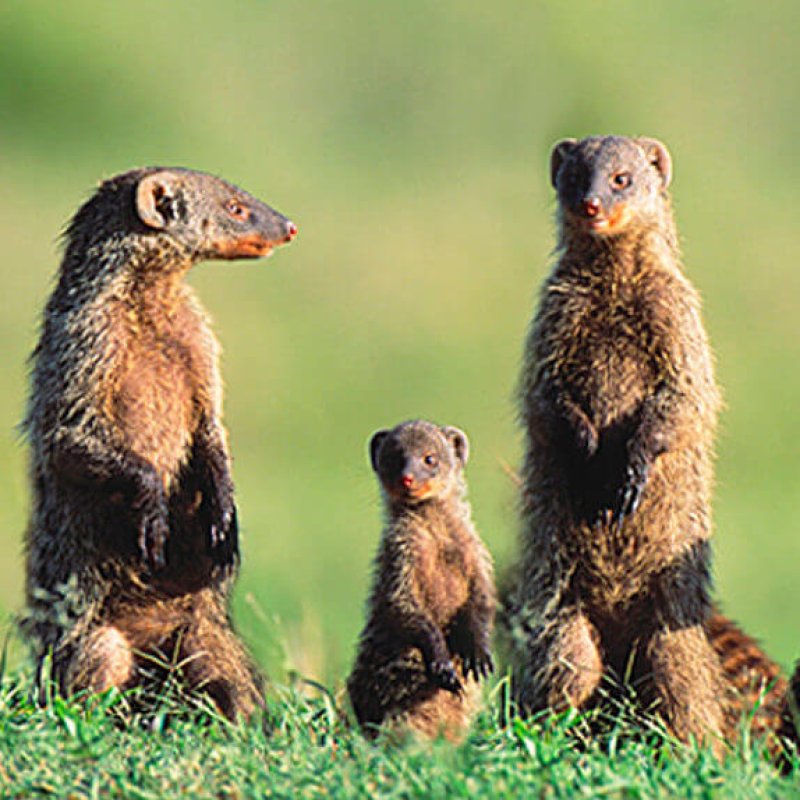At first glance, “species” is a basic vocabulary word school children can ace on a test by reciting something close to: a group of living things that create fertile offspring when mating with each other but not when mating with outsiders. Ask scientists who devote careers to designating those species, however, and there’s no typical answer.
…
Modern genetics has revealed that much of the diversity of life on Earth is found in single-celled organisms that reproduce asexually by splitting in two — thus flummoxing the definition.
…
[P]lant reproduction, oy. The blends of sex and no-sex don’t fit into a tidy biological species concept.…
Species definitions can have ramifications, financial and otherwise, for the wider world. Choosing one species concept over another can change how a creature gets classified, which could determine whether conservation laws protect it.
…
No matter how badly we want the process of applying a species definition to be clear-cut for all creatures in all cases, “it just isn’t,” [Smithsonian biologist Kevin] de Queiroz says. And that’s exactly what evolutionary biology predicts. Evolution is an ongoing process, with lineages splitting or rejoining at their own pace. Exploring a living, ever-evolving world of life means finding and accepting fuzziness.
The GLP aggregated and excerpted this blog/article to reflect the diversity of news, opinion, and analysis. Read full, original post: Defining ‘species’ is a fuzzy art































